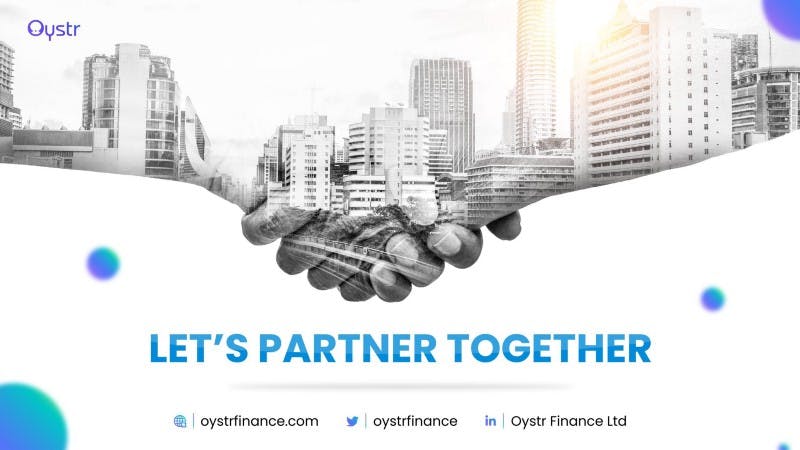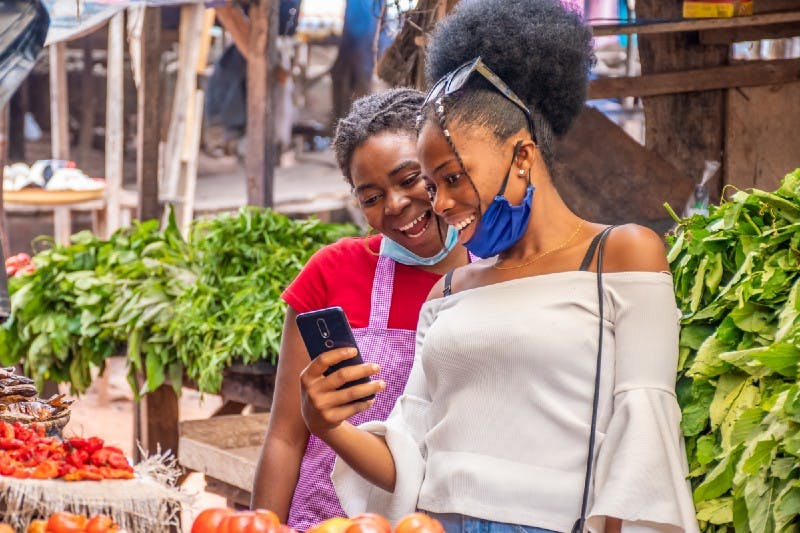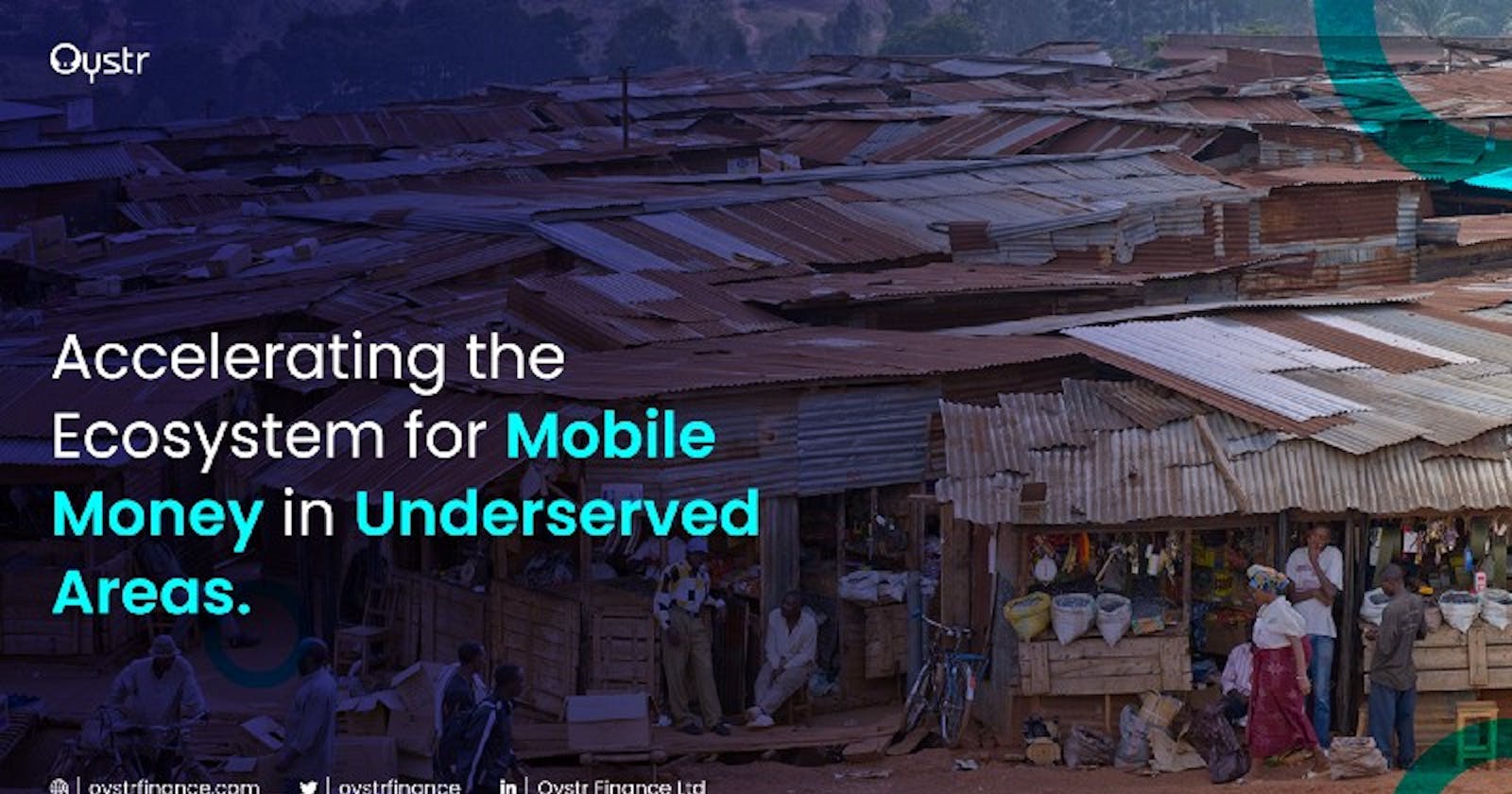MMOs have the potential to reach nearly 1.6 billion additional retail clients in developing economies and raise the number of loans made to people and enterprises by $2.1 trillion.
The providers of these goods stand to benefit from having access to prospective new income streams, which might enhance their balance sheets by up to $4.2 trillion in total.
Financial institutions can leverage MMOs as a means to serve the underserved. Companies that take advantage of alternative data from MMOs can create new business models ranging from more data-driven financial services to micropayments and new digital enterprises. Existing financial services firms stand to save $400 billion in direct costs each year.
MMOs and the Underserved
Mobile money services are maybe the most viable method to provide financial services to the poor or minority in a cost-effective and scalable manner.
Despite the success of this service, it can not be totally effective when the underserved do not have access.
It is necessary to implement structures whereby the mobile money ecosystem is accelerated for these underserved populations. Here’s how :
Address the Identity Crisis for the Unbanked
Unbanked persons may struggle to engage in mobile money possibilities if they lack proper forms of identification, which is relatively uncommon.
Many countries are rethinking the identity process and implementing novel solutions such as biometrics or group meetings in which the identifiable identify the unnamed.
The possibility of credit extension increases when identity is re-established with the unbanked and linked to a mobile money effort. Here at Oystr, we partner with agents in Africa, to facilitate credit extension.

Obtain Mobile Money Acceptance from Food and Household Product Retailers
Financially underserved people should be able to utilize mobile money to buy food and home supplies from local retailers. This clarifies the benefits of day-to-day payments and expands the usage of mobile money.
Nevertheless, for consumers to pay using a mobile wallet, business owners must also have a mobile wallet. Mobile network operators can assist in persuading a critical mass of retailers to accept mobile money.
As agent networks extend to encompass significant local retail chains, businesses become more than just “cash-in cash-out” destinations but also places where the financially excluded may buy food and home goods.
However, convincing small shops in rural regions to use mobile wallets is more challenging, and opposition to increased openness is prevalent.
Direct store delivery corporations (such as Coca-Cola, Indomie, Pepsi, or Milo) embracing mobile money collecting is the quickest approach to encourage a local store to accept a mobile wallet.
In this scenario, Fast Moving Consumer Goods (FMCG) corporations might encourage mobile money service enrollment by rewarding adoption or making it mandatory.
FMCG firms profit from this since they rely on difficult cash collections; the process of replacing cash collections with mobile money transactions offers various advantages for FMCG companies, including safety, cost, efficiency, anti-fraud, and working-capital liquidity management.
Furthermore, these solutions will not only boost efficiency in FMCG firms’ supply chains, but they will also exponentially expand the number of retail outlets that have a mobile wallet and can take a mobile payment from an unbanked individual.

Concentrate on Growing the Rural Mobile Money Agent Network
Technology and data analytics can aid in the intelligent expansion of the agent network in rural regions.
Mobile money providers can analyze data on phone calls, mobile money transactions, and the present location of agents to identify high activity locations that require additional agents, such as rural commercial hubs, trading zones near highways, border towns, and so on.
They can also discover rural and sparsely inhabited locations with high mobile penetration but little mobile money activity and position agents in these underserved areas.
Agents in high-activity rural regions typically do well, but they are hampered by their inability to refill float (e-money) as rapidly as agents in metropolitan areas.
On the other side, in rural and sparsely populated locations, agents may struggle to stay in business due to a low number of transactions or a lack of funds due to more cash-outs than cash-ins.
As a result, mobile money providers must take additional precautions to safeguard the viability of agents’ businesses in rural areas.
To make the mobile money agency business sustainable in rural regions, service providers might use a “location-based compensation structure,” which pays large fees to rural agents in distant and sparsely inhabited areas with a limited volume of transactions.
POS as a Means of Making the Business Profitable
Customers (users), a network of agents (usually kiosks or small businesses), a mobile network operator (MNO), a public or private banking institution, and applicable regulatory bodies are the primary participants in the mobile money system.
The ecosystem’s core technology platforms are SMS-based SIM Toolkit (STK), Unstructured Supplementary Service Data (USSD), and Near Field Communication (NFC).
SMS and USSD are mostly utilized for mobile money transfer, whereas NFC is primarily used for mobile payment. Furthermore, the STK is thought to be more user-pleasing than the USSD. Almost all major mobile money implementations employ STK, with a few bank-led (e.gAccess Bank in Nigeria, also known as AccessMoney) using USSD. Most mobile money service providers appear to be interested in introducing NFC POS to retailers. It is viewed as a more convenient method of introducing the unbanked to the electronic payment system.
Educating the Underserved Population on the Intricacies of the Service
Economic inequality is frequently associated with variations in access to, usage of, or knowledge of information and communication technology. Researchers, businesses, politicians, and governments all have the ability to influence the direction and route of technological progress.
Aid organizations, other donors, charitable foundations, and international organizations all play important roles in the positive rise of mobile money and related financial inclusion.
The underserved frequently lack basic financial education as well as a grasp of the consumer protections available to them.
One surprise example is the preference for cashing out rapidly rather than holding and saving money in a mobile wallet. An explanation for this is a lack of trust in cash-out networks, which can be attributed to inadequate proximity, dependability, or security.
However, some government assistance users mistakenly feel that if they do not spend all of their benefits, they will lose them. Of course, financial education should extend beyond stored value, payments, and collections to include teaching on a larger range of financial services, such as insurance and credit and savings possibilities.
In addition, governments and non-governmental organizations (NGOs) have the opportunity to collaborate, so that system implementations incorporate education not just on how mobile wallets function but also on why mobile money makes economic, financial, social, and lifestyle sense for them.
These wide-ranging financial literacy programs may involve the promotion of excellent practices in consumer protection (e.g. use of hotlines, etc.).
Conclusion
Developing mobile money ecosystems will allow the business to achieve critical mass, allowing it to realize its full potential as a commercial opportunity and a tool for poverty reduction. Mobile money is a growing industry, both in terms of volume and economic effect, particularly in developing countries.

